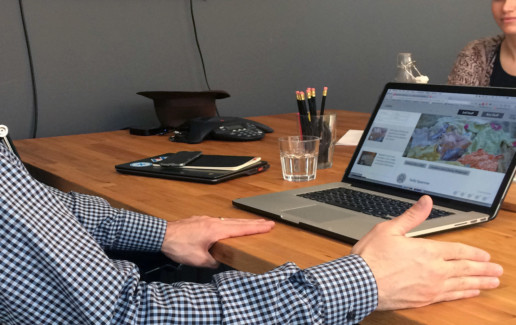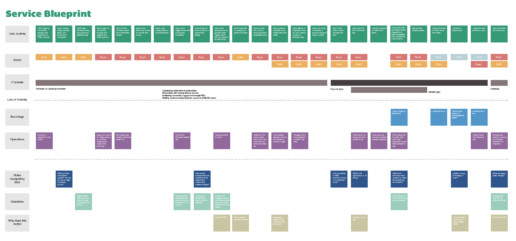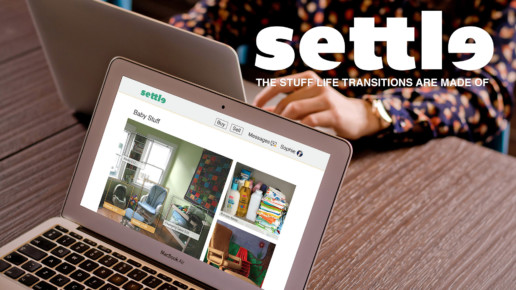
The things in our lives hold a lot of meaning. Existing marketplaces for used stuff treat our objects like mere commodities. But people get rid of and acquire the most things during major life transitions when lives are on the brink of change and emotions are high. Can a marketplace tap into this understanding and support both parties during these life transitions when lots of stuff is being transferred between parties?
I worked with fellow CMU students Hannah Rosenfeld, Saumya Kharbanda and Chris Feng collaboratively on the research and design of this project as a part of the CMU Service Design course.
Settle facilitates the exchange of used goods during life transitions by streamlining sale for sellers and providing context for buyers.
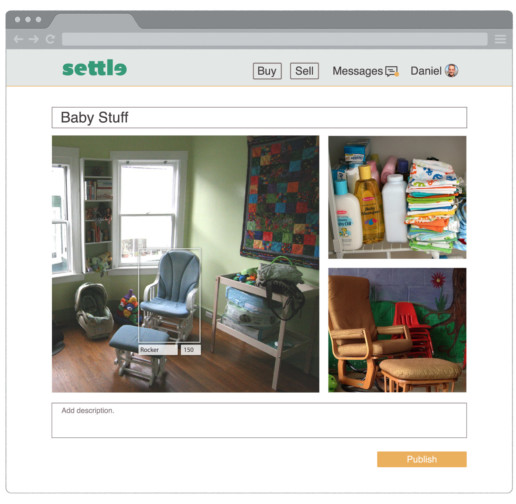

As a busy father of two children, Daniel doesn’t have time to create an individual listing for everything he needs to sell. Settle’s ability to streamline uploads and manage listings are some of its key benefits for him.

A first-time expecting mother, Sophie is looking to buy second-hand goods, but doesn’t know exactly what she’ll need. With Settle, she can see how experienced parents use the items she’s seen advertised and then pick what will work best for her.
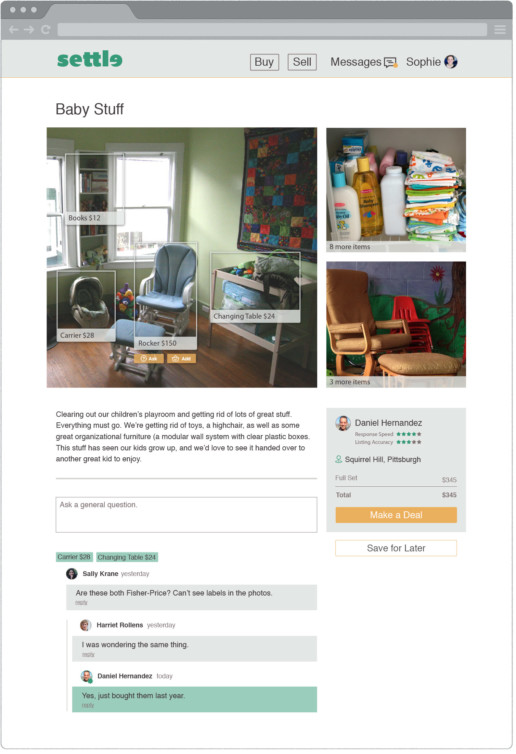
Settle recognizes that during life transitions, time is at a premium. Initially, we had hoped that building a connection between parties would incentivize use, but it became clear that the stress of the situation would be prohibitive to building relationships for most people. Instead, Settle supports in-app negotiation and free delivery (for a minimum sale price) to alleviate the hassle of multiple meet-ups.
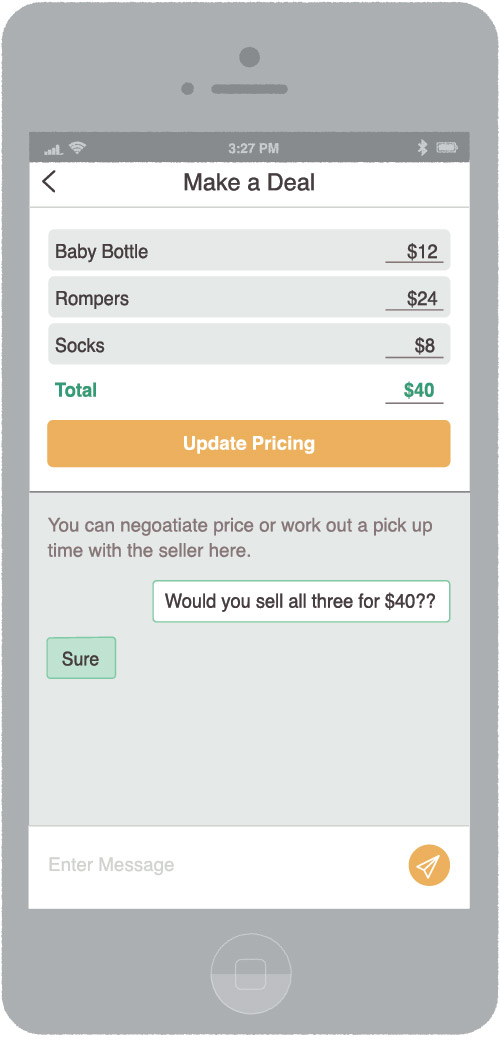
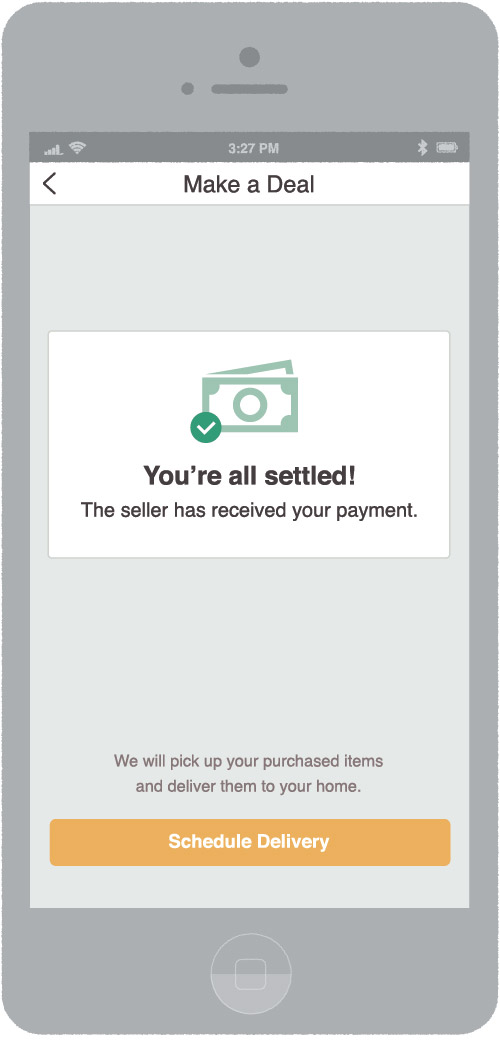
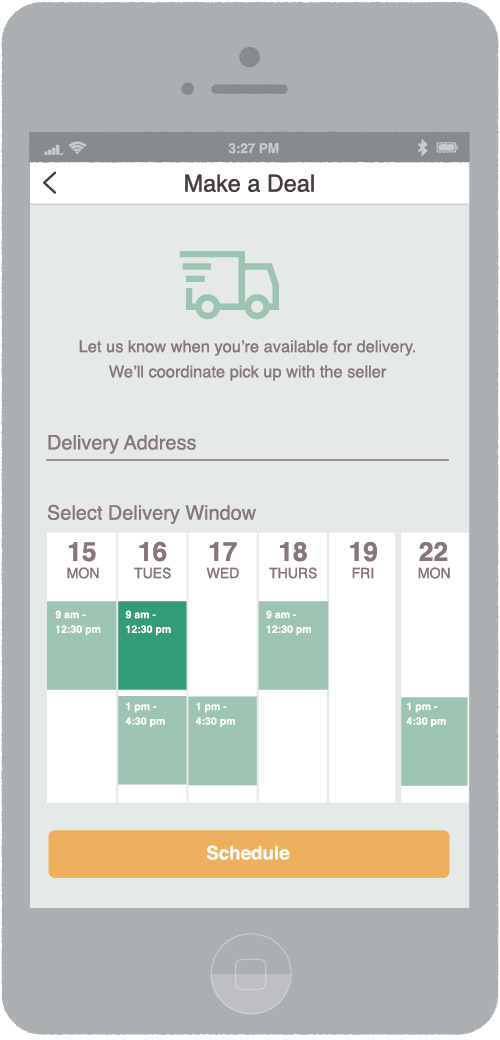
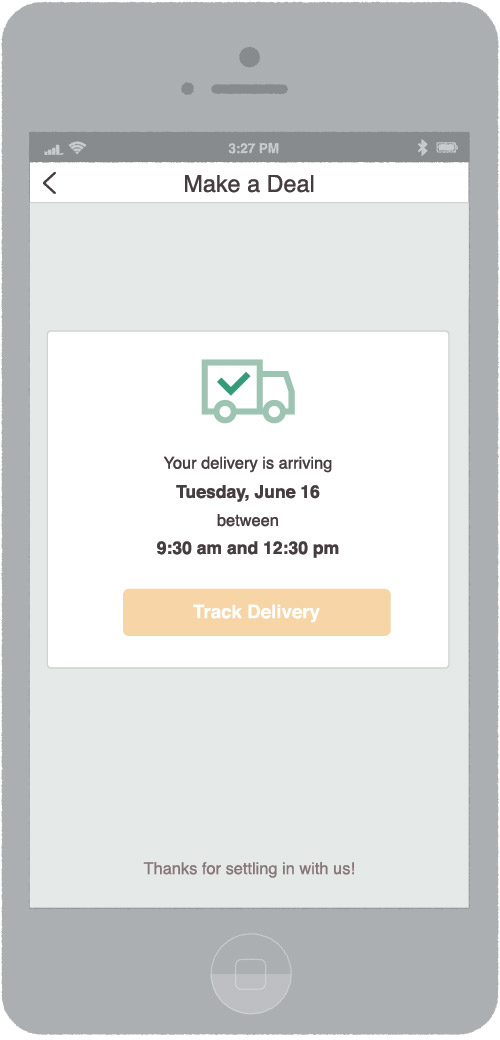




In addition to developing key screens, we also developed a service blueprint that laid out the elements that would be involved in the service, including possible areas of growth from the initial proposal such as:
- Customizing orders from multiple sellers
- Partnerships with existing delivery services
- Facilitating community engagement through FAQs
- Building social connection between people at similar life phases


Discovery
We began the project exploring opportunities around furniture reuse and recycling, and eventually settled on downsizers as the target audience for our service. In order to understand the field better, we visited several local organizations that were working in the area of reuse and interviewed four people who were currently or had recently downsized or had helped a family member downsize. After charting the values that were starting to emerge in these conversations, we found that the logistics of downsizing were not the main challenge, but rather parting with items of sentimental value.
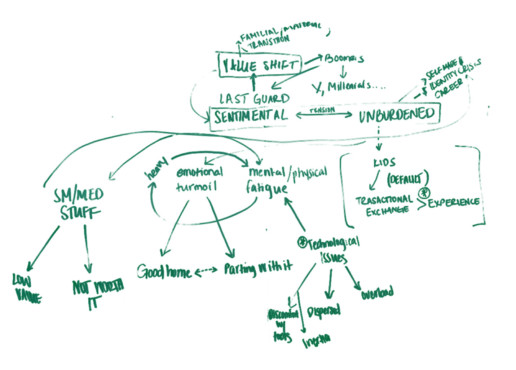
Generative Research
From these interviews, we began generating provocative components of a service (such as geolocation for furniture items, couples therapy for moving, and a realtor acting as an organizer) that we hoped would elicit strong responses (positive or negative) from potential customers. We framed these service components as scenarios and presented them to established homeowners in speed dating sessions. Interestingly, many concepts did appeal to participants, but not in the way we imagined. For example, with furniture geo-tracking, rather than appreciating the ability to know where an item was, participants seemed excited about knowing who was using their items, particularly items that reminded them of specific phases of their lives.
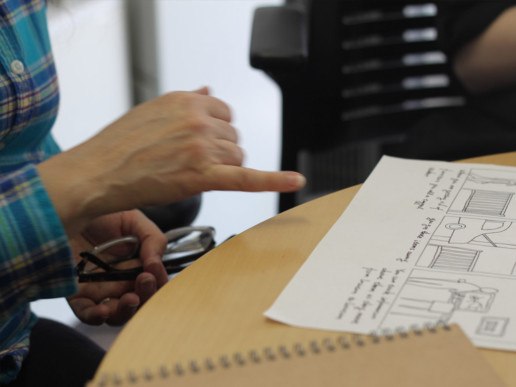
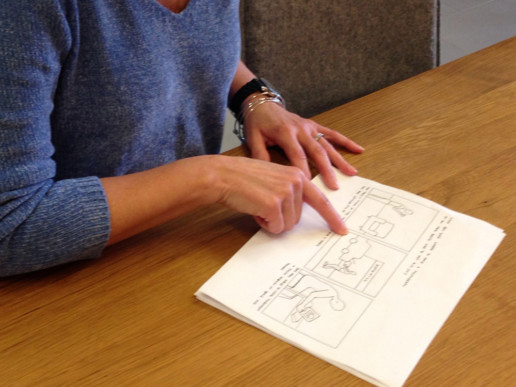
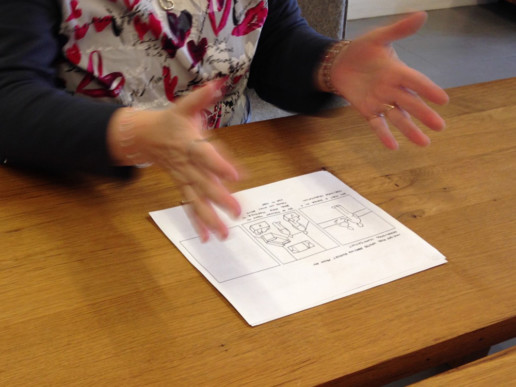
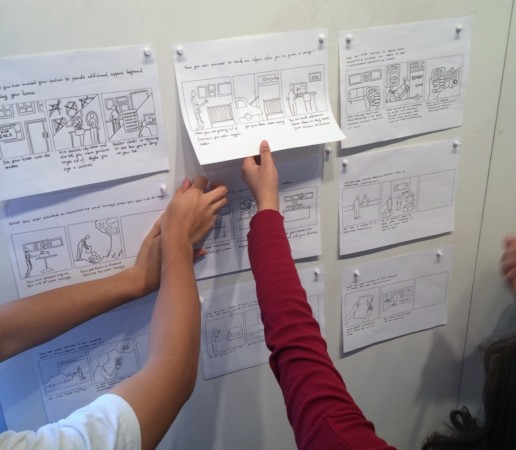
So, we expanded our potential audience from people downsizing toward retirement to include anyone experiencing a significant shift in life phase. The populations that immediately came to mind were recent college grads moving to a new city and older adults establishing a second or third home, as well as new parents and parents with older children or toddlers.
In order to test our hypotheses about our new customer base, we developed a new activity involving text and video profiles of buyers and sellers. Additionally, we created a generative story-building exercise where potential customers had to choose the components to complete a service. While connecting with others received mixed reviews, free transportation emerged as a priority.
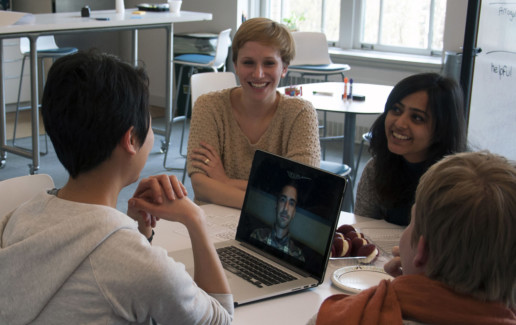
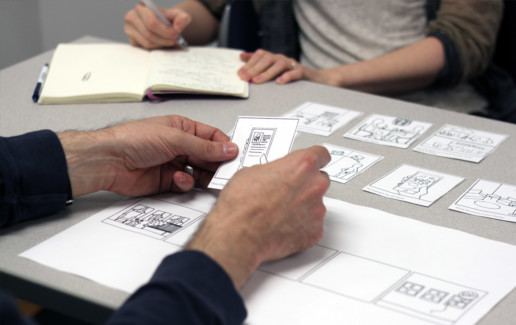
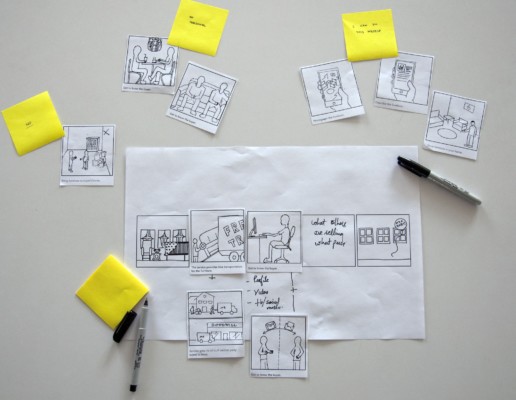
With our customer base now established, we created a stakeholder map to better understand the service ecosystem around the exchange of second-hand goods, as well as understand where our solution fit within this ecosystem.
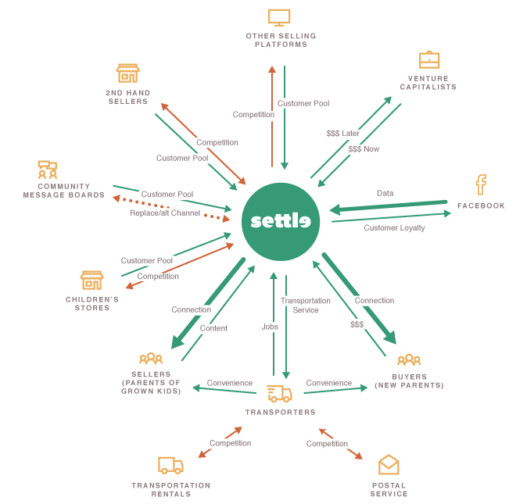
Evaluative Research
We developed key screens for desktop and mobile as wireframes in InVision so that we could present them to potential customers for feedback. These prototypes served as conversation starters with two parents with young children. Among many micro-interactions that needed tweaking, it became clear to us that a public FAQ might be helpful in creating a community around the sharing of information.
